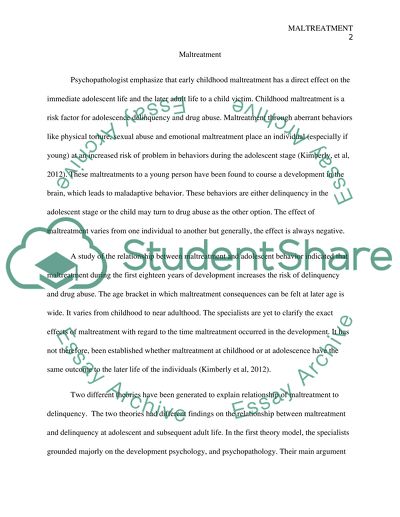Cite this document
(“Maltreatment of Children and Delinquent Behavior in Adolescents Research Paper”, n.d.)
Retrieved from https://studentshare.org/psychology/1397867-maltreatment-of-children-and-delinquent-behavior
Retrieved from https://studentshare.org/psychology/1397867-maltreatment-of-children-and-delinquent-behavior
(Maltreatment of Children and Delinquent Behavior in Adolescents Research Paper)
https://studentshare.org/psychology/1397867-maltreatment-of-children-and-delinquent-behavior.
https://studentshare.org/psychology/1397867-maltreatment-of-children-and-delinquent-behavior.
“Maltreatment of Children and Delinquent Behavior in Adolescents Research Paper”, n.d. https://studentshare.org/psychology/1397867-maltreatment-of-children-and-delinquent-behavior.


